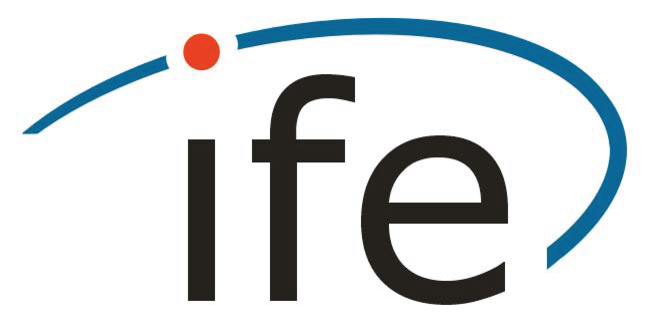Comparing seven candidate mission configurations for temporal gravity field retrieval through full-scale numerical simulation
- authored by
- Basem Elsaka, Jean Claude Raimondo, Phillip Brieden, Tilo Reubelt, Jürgen Kusche, Frank Flechtner, Siavash Iran Pour, Nico Sneeuw, Jürgen Müller
- Abstract
The goal of this contribution is to focus on improving the quality of gravity field models in the form of spherical harmonic representation via alternative configuration scenarios applied in future gravimetric satellite missions. We performed full-scale simulations of various mission scenarios within the frame work of the German joint research project "Concepts for future gravity field satellite missions" as part of the Geotechnologies Program, funded by the German Federal Ministry of Education and Research and the German Research Foundation. In contrast to most previous simulation studies including our own previous work, we extended the simulated time span from one to three consecutive months to improve the robustness of the assessed performance. New is that we performed simulations for seven dedicated satellite configurations in addition to the GRACE scenario, serving as a reference baseline. These scenarios include a "GRACE Follow-on" mission (with some modifications to the currently implemented GRACE-FO mission), and an in-line "Bender" mission, in addition to five mission scenarios that include additional cross-track and radial information. Our results clearly confirm the benefit of radial and cross-track measurement information compared to the GRACE along-track observable: the gravity fields recovered from the related alternative mission scenarios are superior in terms of error level and error isotropy. In fact, one of our main findings is that although the noise levels achievable with the particular configurations do vary between the simulated months, their order of performance remains the same. Our findings show also that the advanced pendulums provide the best performance of the investigated single formations, however an accuracy reduced by about 2-4 times in the important long-wavelength part of the spectrum (for spherical harmonic degrees <50, compared to the Bender mission, can be observed. Concerning state-of-the-art mission constraints, in particular the severe restriction of heterodyne lasers on maximum range-rates, only the moderate Pendulum and the Bender-mission are beneficial options, of course in addition to GRACE and GRACE-FO. Furthermore, a Bender-type constellation would result in the most accurate gravity field solution by a factor of about 12 at long wavelengths (up to degree/order 40) and by a factor of about 200 at short wavelengths (up to degree/order 120) compared to the present GRACE solution. Finally, we suggest the Pendulum and the Bender missions as candidate mission configurations depending on the available budget and technological progress.
- Organisation(s)
-
Institute of Geodesy
- External Organisation(s)
-
University of Bonn
University of Stuttgart
Helmholtz Centre Potsdam - German Research Centre for Geosciences (GFZ)
- Type
- Article
- Journal
- Journal of geodesy
- Volume
- 88
- Pages
- 31-43
- No. of pages
- 13
- ISSN
- 0949-7714
- Publication date
- 09.11.2013
- Publication status
- Published
- Peer reviewed
- Yes
- ASJC Scopus subject areas
- Geophysics, Geochemistry and Petrology, Computers in Earth Sciences
- Electronic version(s)
-
https://doi.org/10.1007/s00190-013-0665-9 (Access:
Unknown)
-
Details in the research portal "Research@Leibniz University"




